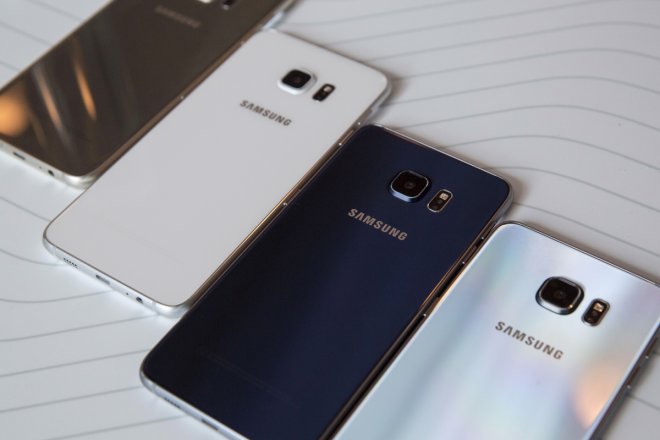
Researchers at the Institute of Bioengineering and Nanotechnology (IBN) of A*STAR have developed a new technique in producing more enduring and longer lasting lithium-ion batteries. The lithium-ion batteries are used to power simple gadgets like mobile phones, tablets, laptops, and electric cars.
The use of these batteries has been tainted with some drawbacks including the limited energy storage, low durability, and long charging time.
IBN Executive Director Professor Jackie Ying said the new discovery addresses these drawbacks. Ying led the group of researchers in inventing a generalized method of producing anode materials for lithium-ion batteries. These anodes are made from metal oxide nanosheets, which are ultra thin and two-dimensional materials electrochemical and mechanical properties.
These nanosheets are 50,000 times finer than a sheet of paper, allowing the faster charging of power. "The wide surface area of the nanosheets makes better contact with the electrolyte, thus increasing the storage capacity. The material is also highly durable and does not break easily, which improves the battery shelf life. Existing methods of making metal oxide nanosheets are time-consuming and difficult to scale up," Ying explained in a statement to the media.
The researchers have come up with a simpler and faster way to synthesize metal oxide nanosheets using graphene oxide, a two-dimensional carbon material with a chemical activity that facilitates the growth of metal oxides on its surface.
The new process speeds up the production of the nanosheets to one day. It also does not require the use of a pressure chamber.
Assessments revealed that the nanosheets produced in this method have excellent lithium-ion battery anode performance, with some materials lasting three times longer than graphite anodes used in batteries currently in the market.
"Our nanosheets have shown great promise for use as lithium-ion anodes. This new method could be the next step toward the development of metal oxide nanosheets for high-performance lithium-ion batteries. It can also be used to advance other applications in energy storage, catalysis and sensors," Ying stated.









